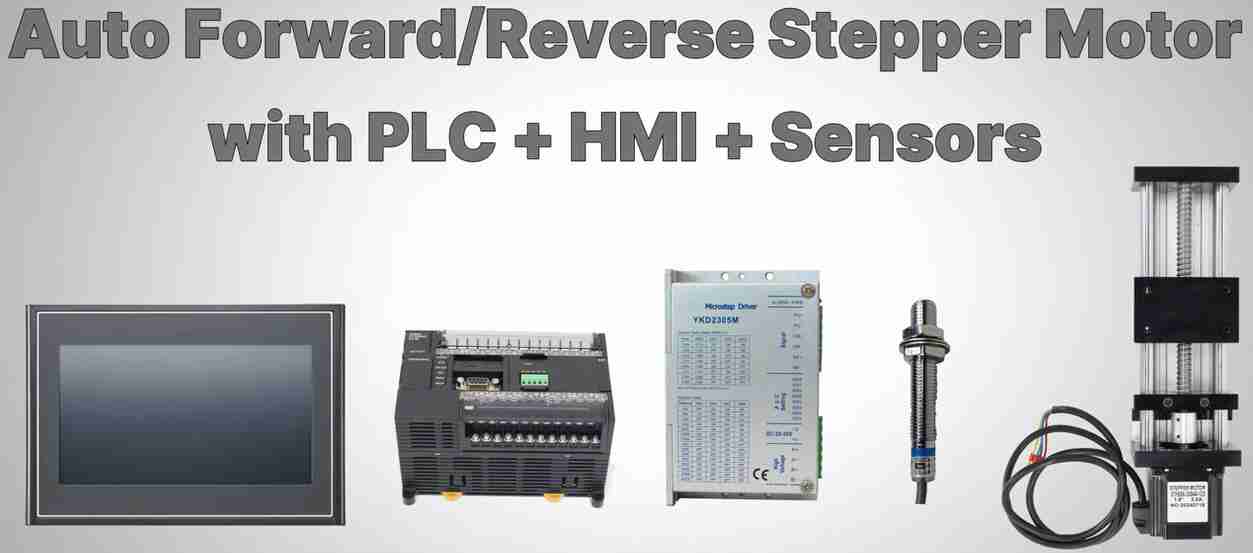

@ato_stepper_motor_drivers
In complex automation systems where multiple motors must operate in perfect harmony, ATO stepper motor drivers provide the precision and synchronization necessary for seamless multi-axis control. Their ability to deliver consistent, accurately timed step pulses ensures that multiple axes move simultaneously without phase drift, lag, or desynchronization. This level of coordination is crucial for assembly lines, robotic arms, packaging equipment, and pick-and-place systems, where every movement must align precisely with others to maintain process efficiency and product consistency.
ATO offers both 2-phase and 3-phase stepper motor drivers capable of maintaining high positional accuracy even under variable loads, speeds, and torque demands. When connected to motion controllers, these drivers for NEMA 17, NEMA 23, NEMA 34, and NEMA 42 stepper motors enable complex motion patterns such as circular interpolation, helical cutting, and synchronized path generation—movements often required in CNC machining, 3D printing, and automated inspection systems. Their robust feedback capability ensures that each axis follows the intended trajectory, resulting in smooth, precise, and coordinated performance.
For systems that require multiple synchronized axes, ATO provides 2-axis, 3-axis, and 4-axis stepper motor drivers, designed for modular wiring and simplified digital configuration. This makes setup faster, reduces wiring errors, and allows engineers to fine-tune system parameters directly through software interfaces. During acceleration and deceleration phases, ATO drivers ensure smooth current transitions, minimizing mechanical stress on couplings, belts, and bearings. This not only enhances motion stability but also extends the mechanical lifespan of moving components.
Compatible with NEMA 17, 23, 34, and 42 stepper motors, ATO 5V/24V drivers deliver the power, precision, and adaptability required for high-volume industrial automation. Their multi-axis synchronization capability results in consistent quality, faster production throughput, and fewer motion-related errors—making them a key component in the advancement of smart, reliable, and efficient automation systems worldwide.






